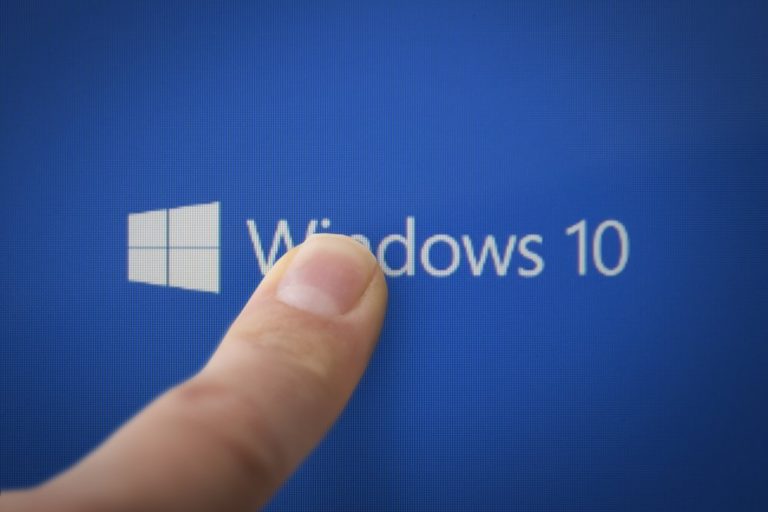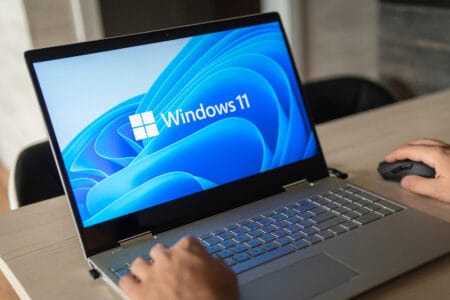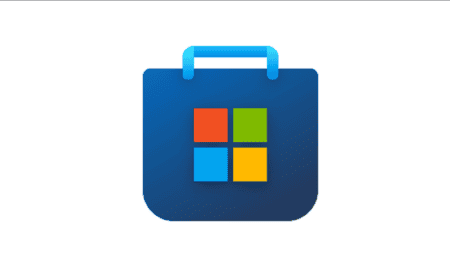Microsoft has announced that Windows 10 has exceeded the milestone of 800 million active devices. That’s 100 million more than six months ago. The original goal of 1 billion aircraft by 2017 is finally within reach.
In a beautiful infographic, Microsoft states that it currently has 800 million active Windows 10 devices. That sounds impressive, but Microsoft initially had a much greater ambition. At the launch of Windows 10 in mid-2015, the software giant targeted 1 billion devices after two to three years.
That deadline was not met. Initially, Microsoft still hoped for successful Windows 10 Mobile devices to breathe new life into Windows Phone and increase that number, but that turned out to be a flop. The number of free upgrades from Windows 7 to Windows 10 in the first year was also disappointing.
Windows 10 upgrade
If Microsoft continues to grow by 100 million devices per half year, it will reach the 1 billion mark at the beginning of 2020. We expect the number of professional upgrades from Windows 7 to Windows 10 to be a big sprint at the end of 2019.
The official support of Windows 7 ends on January 14, 2020. If you want to continue working safely for longer than that date, you can count on expensive contracts per license. These so-called Extended Security Updates (ESU) are only available as volume license customers.
For organizations running Windows 7 Enterprise, the first year of updates will cost an additional $25 per device. This doubles in the second year to 50 dollars and even to 100 dollars in the third year. Companies can’t skip a year. Anyone who signs up from the second or third year onwards will also have to pay in previous years.
For Windows 7 Pro, the prices are spicier. The first year costs $50 per handset, doubling each year to $200 per handset in the third year.
January 14, 2020 is an important deadline for many companies. Many machines have not yet been upgraded to Windows 10. At the end of last year, 36.9 percent of all laptops and desktops worldwide were still running on Windows 7. If you want to prepare your company for an upgrade to Windows 7, you should start doing so today. Be sure to go through our comprehensive guide to crucial upgrade tips.
Related: End of Windows 7: what you need to know before you upgrade to Windows 10



















